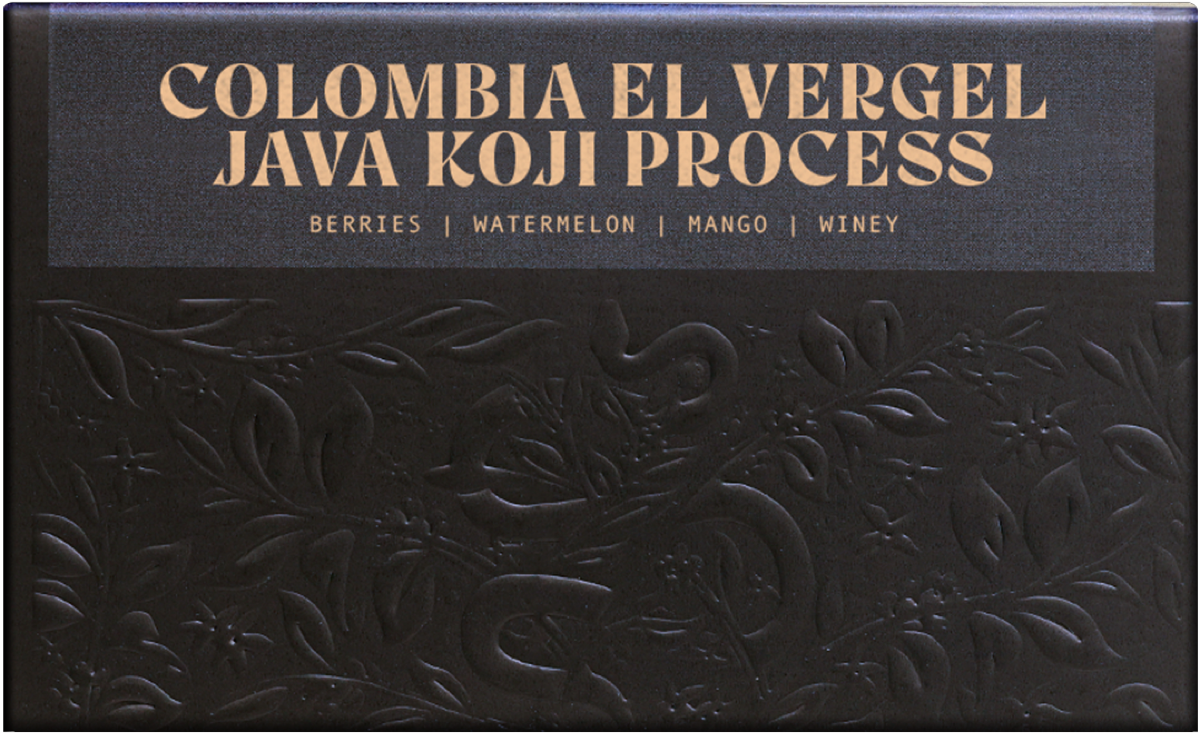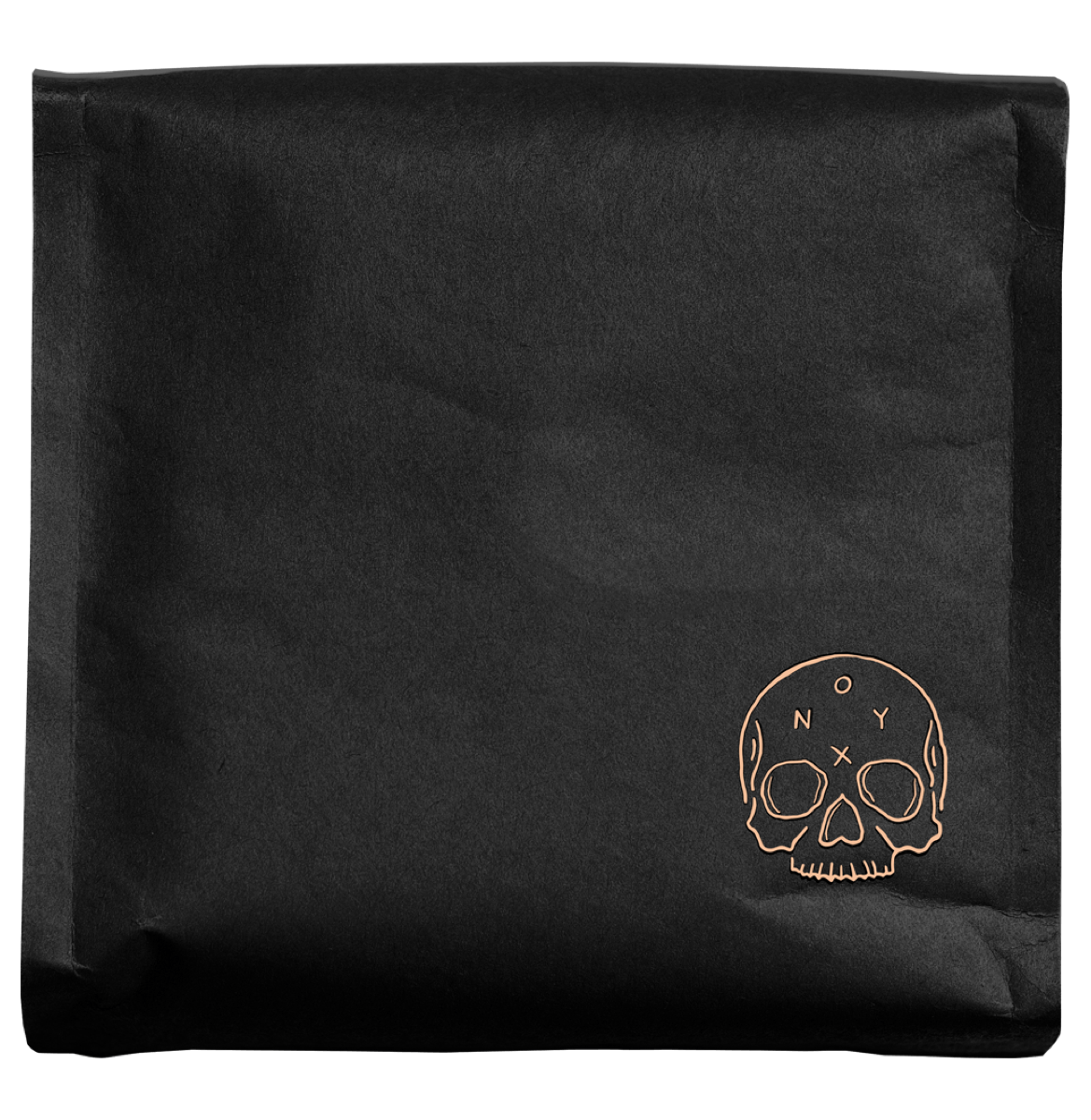Story
We are super excited about our first Koji release of El Vergel. We had the pleasure of visiting Shady and Elias Bayter this season. On their farm, we cupped many of their offerings they grow as well as a few they've been purchasing from different regions of Colombia. This Java immediately stood out on the table with its subtle florals and dynamic sweetness. The Java variety has flown relatively under the radar as an alternative to Gesha for quite some time, and this Java stood out due to its unique cup profile, owing to the special processing that it underwent after being picked. This Java was a collaborative effort between the Bayter Family, Christopher Feran, and Kaapo Paavolainen. Kaapo had seen some work that Christopher had done with Koji- early experiments to try and lessen the impact of lipid oxidation on green coffee. This began a collaboration that took place on three continents and spanned far past the current standard protocols of processing. Read more below.
KOJI PROCESSING
This brand new process looks in practice a lot like a traditional natural processed coffee produced by El Vergel. Koji, a fungus that grows on rice, has a long tradition in food production but next to none in coffee processing. This open-source fermentation method is dependant on temperature primarily, keeping the cherries between 25-30 degrees when sitting on the drying beds is critical or the koji will die. The idea of the fermentation with koji is that it “break[s] down polysaccharides and pectin as well as produce amino acids” This is done so by inoculating the whole cherries within a shallow vessel for 36 hours. This looks very much like a pre-fermentation on a natural processed coffee, and from there the cherries are sent off to the drying beds. Anecdotally, coffees fermented with Koji vs their traditional counterparts are slightly sweeter, and have a heavier body. This led us to partner with these folks to purchase this small lot. Little is now known about the impact of this fermentation method, but it’s safe to say that much more will be written on Koji processed coffees. Special thanks to the Bayter Family, Christopher Feran, and Kaapo Paavolainen. For a more in-depth read on Koji fermentation, and on how to do it yourself, reference Christopher's blog.
JAVA VARIETY
I’ve had the opportunity to cup several Javas in my time, and each time I get the opportunity I’m surprised by its striking resemblance to Gesha. Java has a storied history, it was introduced to the island of Java by the Dutch, hence the namesake. Its lineage is an Ethiopian Heirloom variety, much like it’s a close family member Gesha. Originally thought to be a Typica selection, its lineage goes further back, and molecular markers reveal that it is part of a population called Abysinia.* It was recognized in the early ’90s within Central America, where it has spread throughout the Americas due to its phenomenal cup quality at high elevations, as well as its resistance to both leaf rust as well as coffee berry borers. It’s highly praised by cuppers throughout due to its delicate floral nature and its dynamic sweetness when grown at high elevation and processed meticulously.
Resource: World Coffee Research



